What Is EBIT Margin?
Andrew Stolz
AUGUST 10, 2020
Definition of EBIT Margin. EBIT margin stands for Earning Before Interest and Tax margin. The higher the EBIT the better it is for the firm. What is the Formula for the EBIT Margin? EBIT margin is calculated by dividing EBIT by revenue. EBIT margin = EBIT / Revenue . EBIT Margin in Practice.

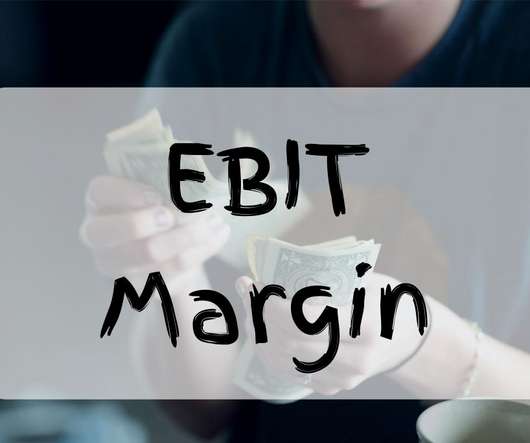
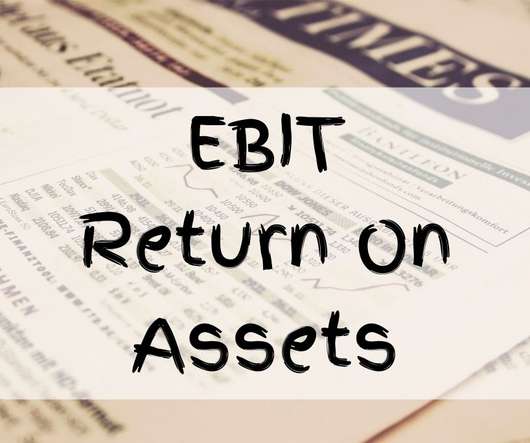


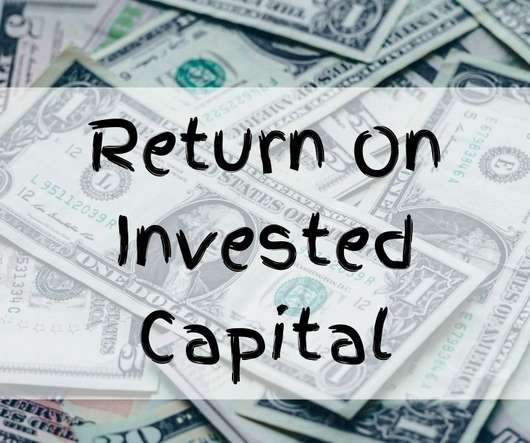
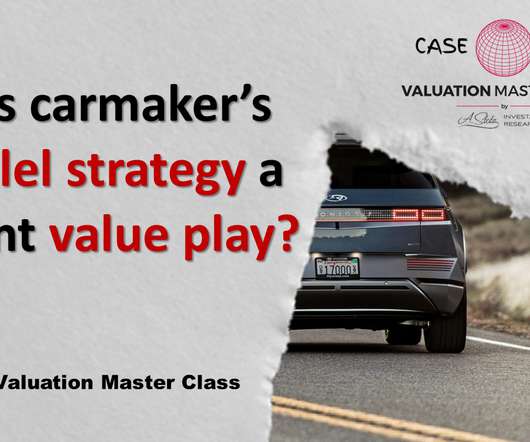

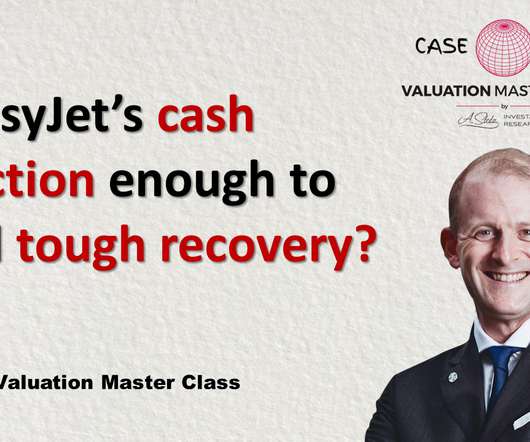
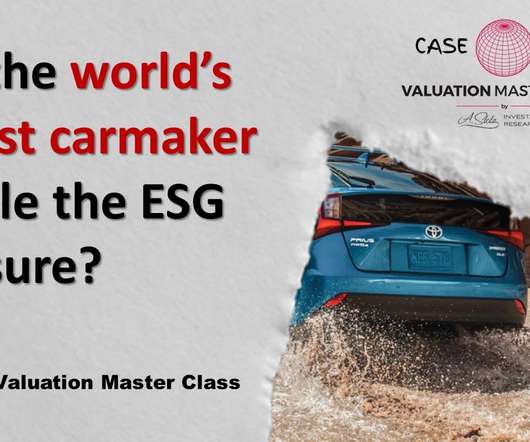
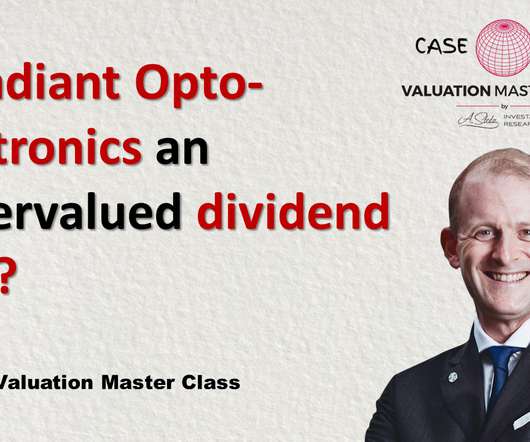
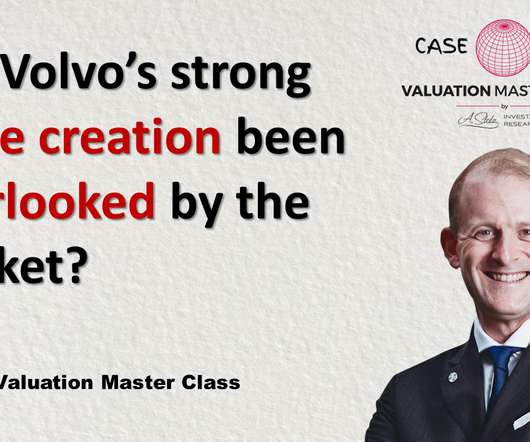







Let's personalize your content